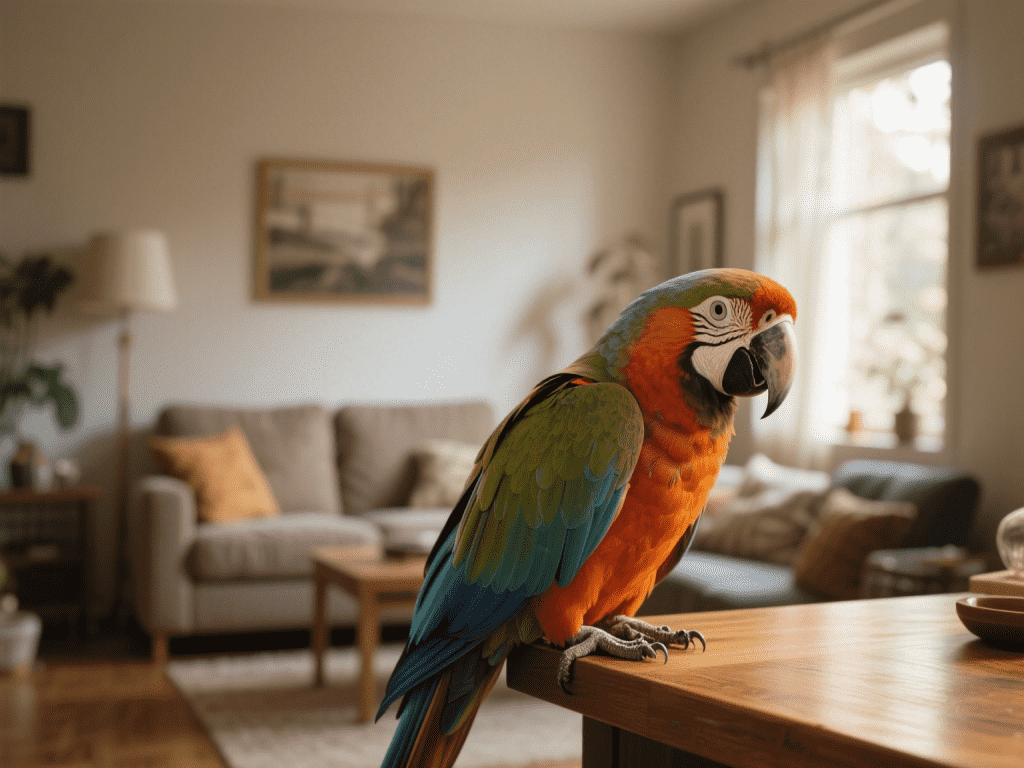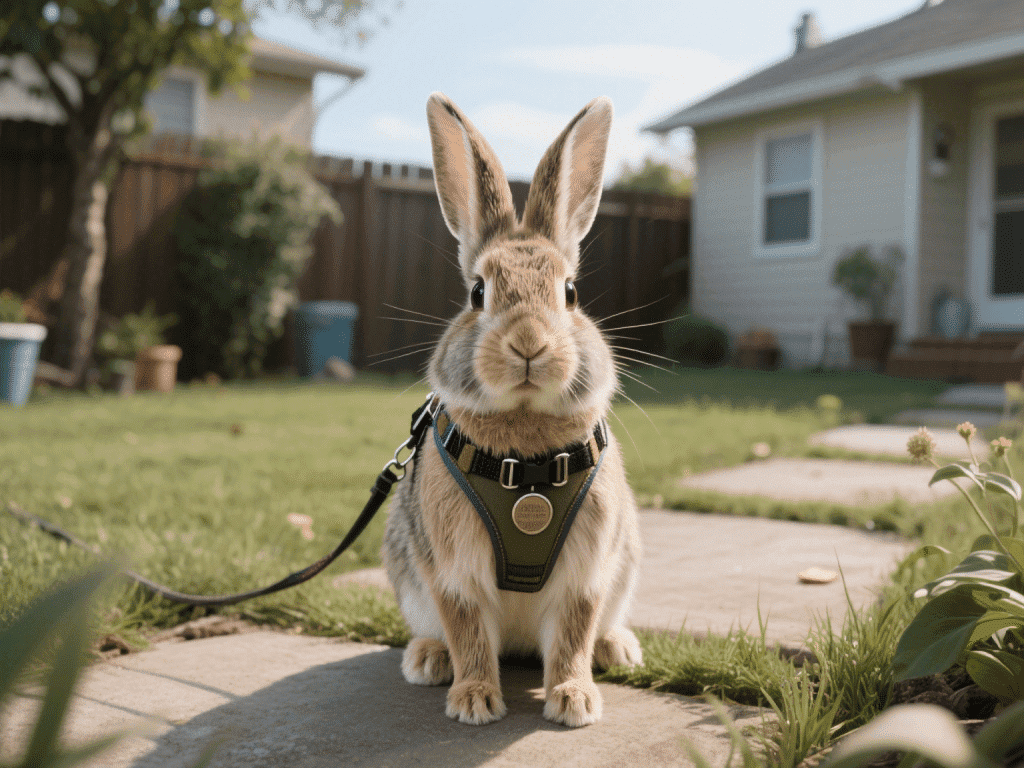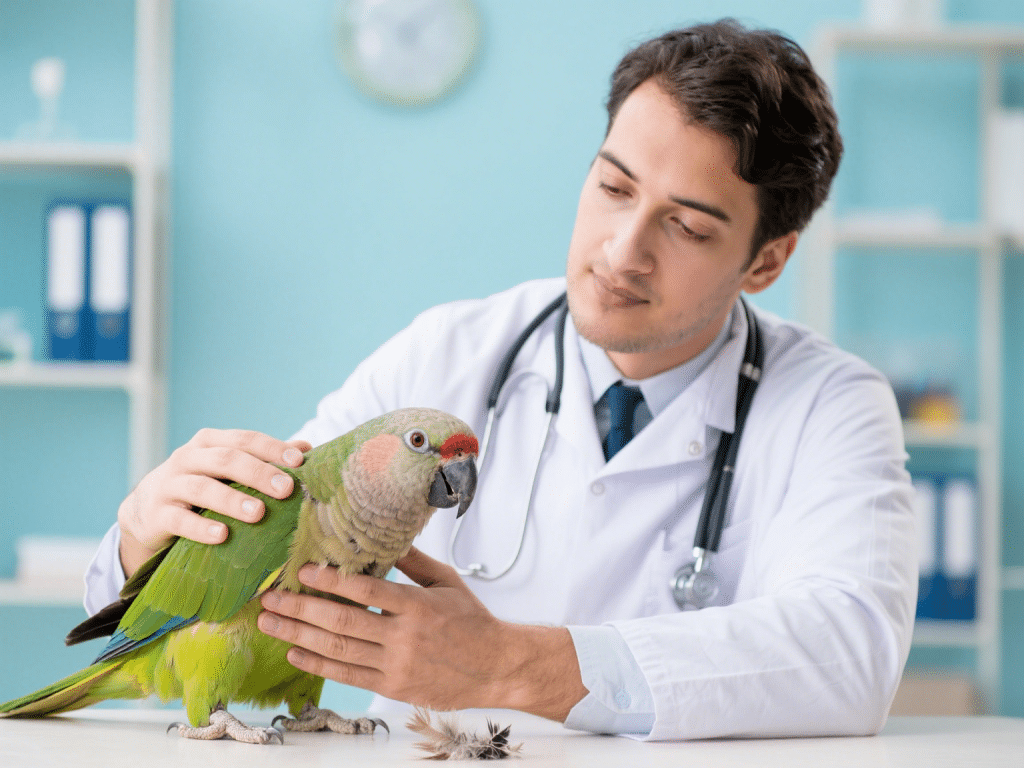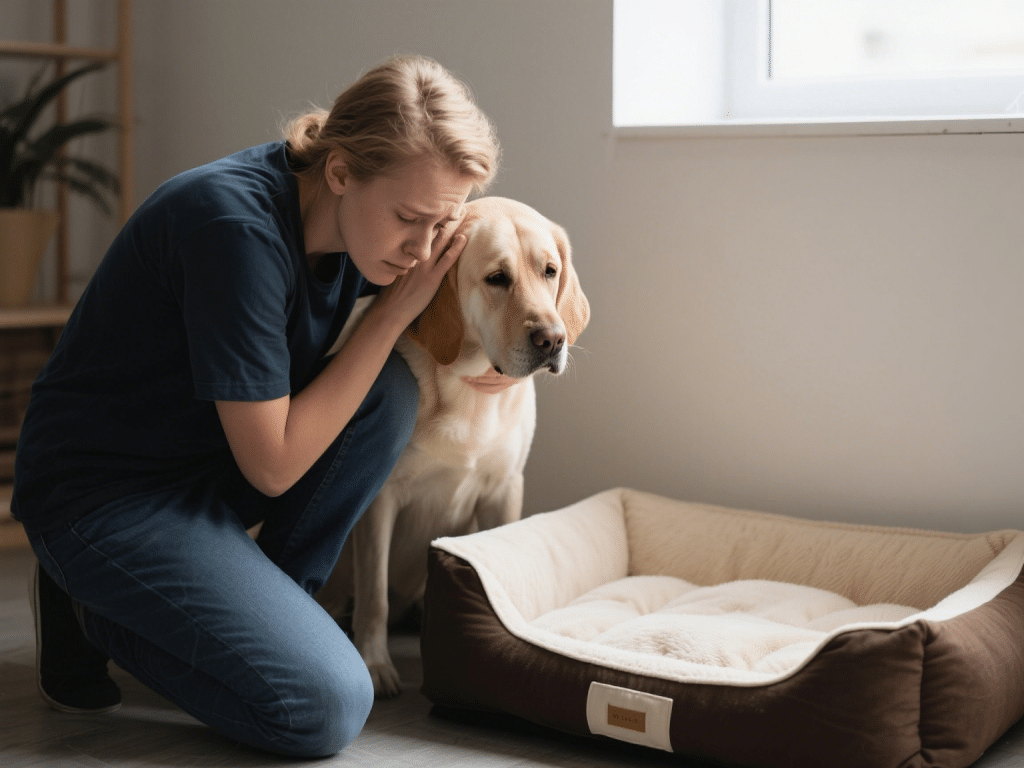
The Science Behind Your Cat’s Sleep: How Much Rest Do They Really Need?
If you’ve ever envied your cat’s seemingly endless napping schedule, you’re not alon...
Leash reactivity is a common behavioral issue where dogs overreact—by barking, lunging, or growling—when they see other dogs, people, or triggers while on a leash. It’s frustrating, stressful, and can feel limiting for dog owners. Fortunately, with consistent training and a few key techniques, you can manage and even prevent leash reactivity.
Unlike off-leash aggression, leash reactivity is usually caused by a combination of:
Frustration from being restrained
Fear or anxiety about other dogs or stimuli
Lack of proper socialization
Learned behavior from repeated negative experiences
Your dog may not be aggressive—they just don’t know how to cope.
Staring intensely or freezing
Barking, growling, or lunging
Pulling or spinning at the end of the leash
Pacing, whining, or tail tucked
Keep a journal of when your dog reacts—note the environment, distance, type of trigger, and your response. This helps you anticipate and plan.
Every dog has a threshold—the distance at which they begin to react. Stay far enough from triggers where your dog notices but doesn’t react. Reward calm behavior and slowly decrease the distance over time.
This desensitization technique teaches your dog to calmly acknowledge a trigger:
When your dog looks at the trigger without reacting, immediately say “Yes!” and reward with a treat.
Over time, your dog will associate triggers with positive outcomes.
A quick escape tool for crowded areas:
Practice U-turns in a distraction-free space.
Reward your dog for smoothly following your lead when you say the cue and turn away.
A tight leash adds pressure and can increase frustration. Keep the leash loose and your body language relaxed to signal safety.
A front-clip harness gives better control without choking.
Avoid retractable leashes—they don’t offer consistency or safety.
Carry high-value treats. When your dog walks calmly, checks in with you, or ignores a trigger, reinforce it. This rewires their response.
Walk during off-peak hours or use quiet neighborhoods. Avoid overwhelming environments until your dog is better equipped.
If reactivity is severe, a certified trainer or behaviorist can create a customized desensitization plan and guide your progress.
Leash reactivity isn’t a sign of a bad dog—it’s a communication issue rooted in emotion. With patience, consistency, and the right techniques, you can help your dog build confidence and enjoy peaceful walks again.

If you’ve ever envied your cat’s seemingly endless napping schedule, you’re not alon...

Birds, with their delicate psyches and social nature, can experience anxiety much like any...

Outdoor time enriches a rabbit’s life, but safety is paramount. As a professional rabbit...

IntroductionTraditional clay-based cat litters pose environmental challenges: strip-mining...

IntroductionFeather plucking is a serious issue often rooted in medical, behavioral, or en...

IntroductionThe loss of a household pet can be emotionally taxing not only for humans but ...
Comments on "Strategies for Preventing Dog Leash Reactivity on Walks" :